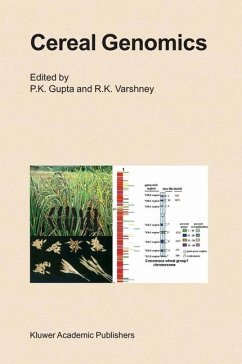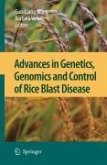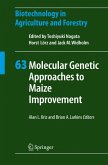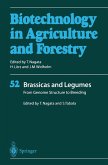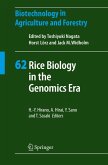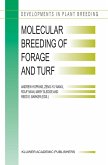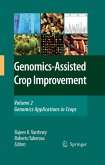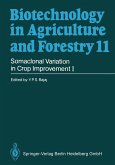Cereals make an important component of daily diet of a major section of human population, so that their survival mainly depends on the cereal grain production, which should match the burgeoning human population. Due to painstaking efforts of plant breeders and geneticists, at the global level, cereal production in the past witnessed a steady growth. However, the cereal production in the past has been achieved through the use of high yielding varieties, which have a heavy demand of inputs in the form of chemical fertilizers, herbicides and insecticides/pesticides, leading to environmental degradation. In view of this, while increasing cereal production, one also needs to keep in mind that agronomic practices used for realizing high productivity do not adversely affect the environment. Improvement in cereal production in the past was also achieved through the use of alien genetic variation available in the wild relatives of these cereals, so that conservation and sustainable use of genetic resources is another important area, which is currently receiving the attention of plant breeders. The work leading to increased cereal production in the past received strong support from basic research on understanding the cereal genomes, which need to be manipulated to yield more from low inputs without any adverse effects as above. Through these basic studies, it also became fairly apparent that the genomes of all cereals are related and were derived from the same lineage, million of years ago.
Dieser Download kann aus rechtlichen Gründen nur mit Rechnungsadresse in A, B, BG, CY, CZ, D, DK, EW, E, FIN, F, GR, HR, H, IRL, I, LT, L, LR, M, NL, PL, P, R, S, SLO, SK ausgeliefert werden.

